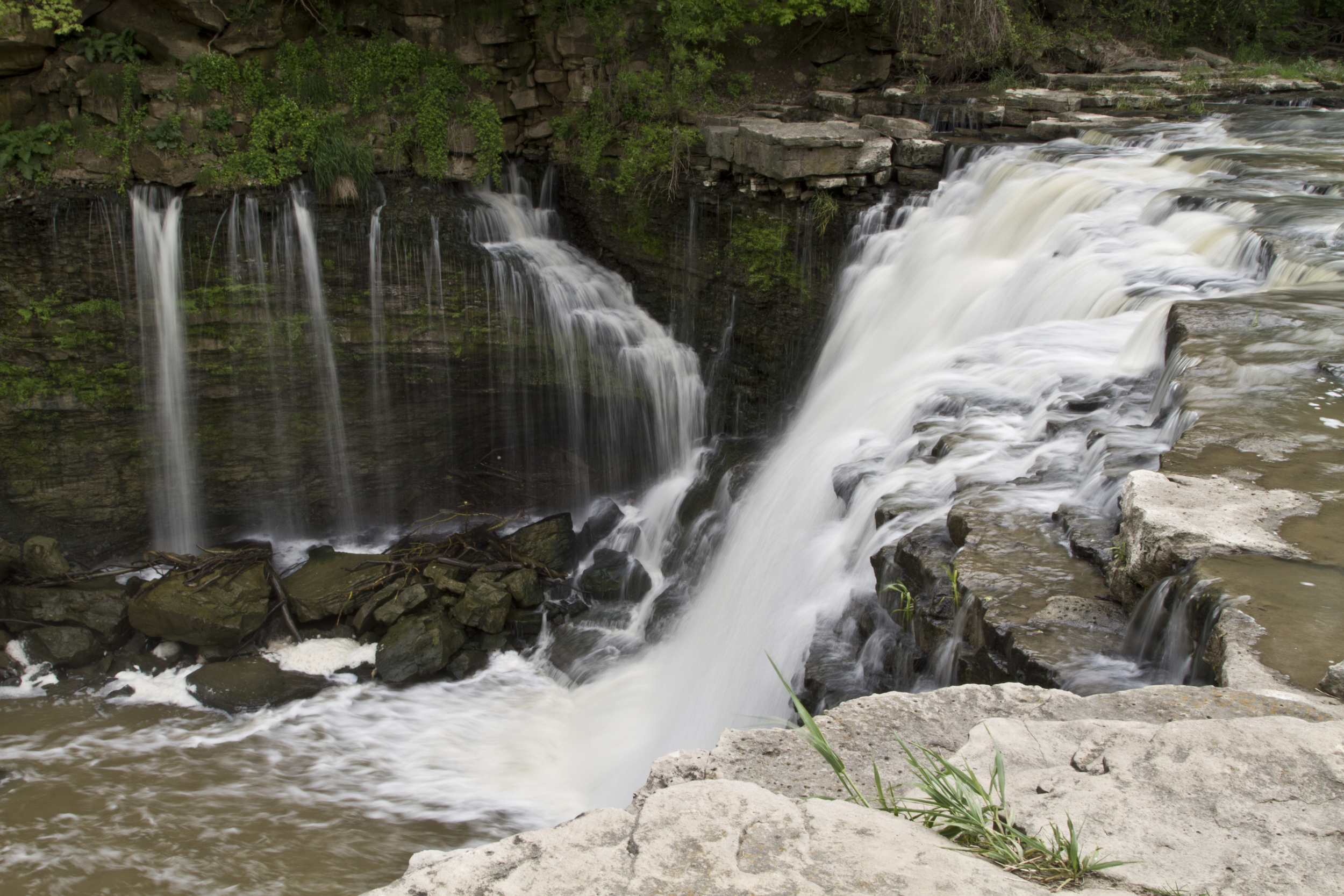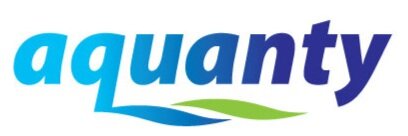

HGS RESEARCH HIGHLIGHT – Mine rock stockpile reclamation trial, Detour Lake Mine
HydroGeoSphere is a powerful tool for evaluating the hydrology of open pit mining operations. HGS modelling at mine sites is typically at the site scale, and presents a perfect use case for short-term real-time hydrologic forecasting. But HGS can also be a great tool at smaller scales. In this study the authors use 1D column HGS models to evaluate the hydrology of a simple unengineered reclamation cover overlying mine waste rock from the Detour Lake Mine in Northern Ontario. 2D cross sectional HGS models were also constructed to ensure the 1D column models were producing accurate results.

Aquanty Staff Research Highlight – Saturated hydraulic conductivity in northern peats inferred from other measurements
Morris et al. 2022 is a meta-analysis of 2507 peatland soil samples across Northern Canada and parts of Europe, which relates saturated hydraulic conductivity to depth and more commonly measured parameters like bulk density or the Van Post Humification Scale.


HGS RESEARCH HIGHLIGHT – Evaluation of baseflow separation methods with real and synthetic streamflow data from a watershed
Stream baseflow is inherently difficult to accurately estimate given the varied sources contributing to baseflow, it’s spatial variability, and the logistical difficulties in making physical baseflow measurements. Thanks to the fully integrated nature of HydroGeoSphere, and the fact that HGS was created with a strong emphasis on physics, HydroGeoSphere represents a very powerful tool for baseflow estimation, especially in lightly studies watersheds!

HGS RESEARCH HIGHLIGHT – Sequential surface and subsurface flow modeling in a tropical aquifer under different rainfall scenarios
This paper demonstrates how HGS is flexible enough to model specific regions/domains of interest (i.e. including discrete fracture networks, but without integrated surface hydrology) and can be used in conjunction with other hydrologic modelling platforms.

HGS RESEARCH HIGHLIGHT – Combining experimental and modelling approaches to monitor the transport of an artificial tracer through the hyporheic zone
HGS users at a consortium of French research laboratories makes excellent use of the integrated nature of HydroGeoSphere simulations to investigate hyporheic exchange and mixing processes, relying on both experimental (i.e. tracer tests) and modelling techniques. The authors concluded that the mixed experimental/modelling approach used in this study allowed them to “resolve some of the uncertainties inherent in our understanding of transient storage and hyporheic exchange.”

HGS RESEARCH HIGHLIGHT – Upscaling Hydrological Processes for Land Surface Models with a Two-Hydrologic-Variable Model: Application to the Little Washita Watershed
The authors have used a 3D HydroGeoSphere model of a heavily studied sub-catchment (the Little Washita Watershed, Oklahoma) as a reference point to test the validity of much simpler modelling approaches. Results of the 3D HydroGeoSphere model are compared against a simpler 2D hillslope model, also constructed using HydroGeoSphere.


HGS RESEARCH HIGHLIGHT – Impacts of Coastal Shrimp Ponds on Saltwater Intrusion and Submarine Groundwater Discharge
This study investigates the potential impact that aquaculture can have on solute transport and saltwater intrusion in coastal settings. It is certainly an interesting read, and an interesting conceptual problem. Typically when we think of vertical saltwater intrusion it’s due to coastal inundation associated with temporary natural causes like storm surges. However, with shrimp pond aquaculture saline ponds are actually perched on top of agricultural soils, above a freshwater aquifer. In this study the authors have investigated several scenarios (varying pond water salinity, ponded water depth and farm/pond width) to see how it impacts a previously unrecognized/unstudied process contributing to groundwater salinization.

